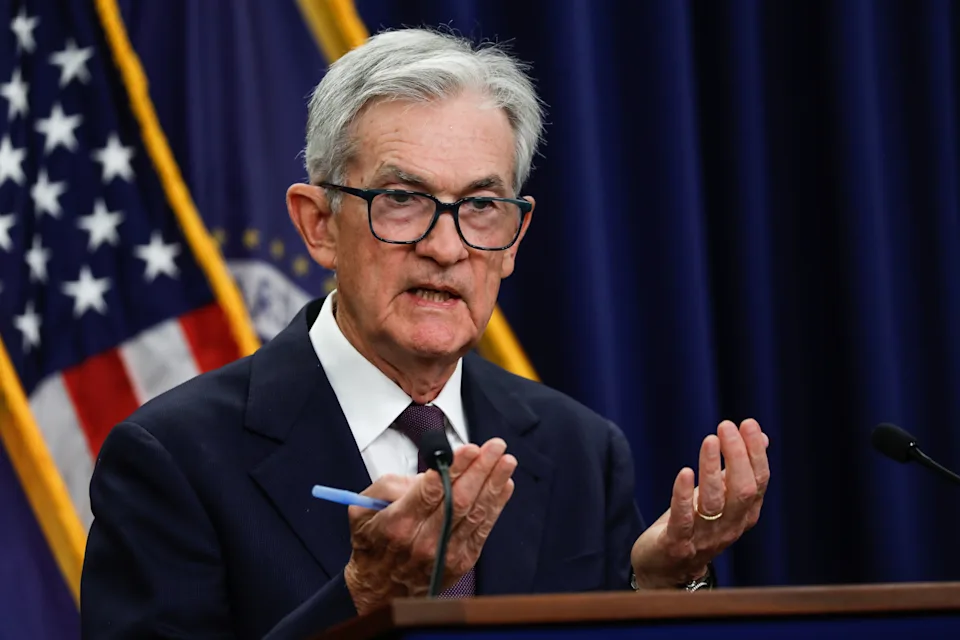There was some division at the Federal Reserve’s last meeting about whether to cut interest rates and by how much, though most agreed the central bank could cut rates further in 2025.
“Most judged that it likely would be appropriate to ease policy further over the remainder of this year,” according to the minutes from the Federal Market Open Committee’s Sept. 16-17 meeting, which were released Wednesday.
The Fed at that meeting decided to reduce rates by a quarter point, in its first reduction of 2025.
While most officials thought it was wise to cut rates at that meeting on account of higher risks to employment, some still expressed a lot of concern about inflation, reinforcing the division that still exists behind closed doors.
A few even saw “merit” in holding rates unchanged, according to the minutes, given that they felt progress on bringing down inflation had stalled.
These officials expressed concern that longer-term inflation expectations may rise if inflation does not return to the Fed’s 2% target in a timely manner.
One other participant — unmistakably the newest Fed governor, Stephen Miran — argued the opposite point and pushed for an even more aggressive cut of a half percentage point.
While the Fed justified the rate cut due to more risks facing the job market, the minutes reveal that a majority of the central bank is still concerned about inflation, noting that there is continued uncertainty about the impact of tariffs and the risk that high inflation proves longer lasting than expected.
However, some noted that they saw less upside risk to inflation than earlier in the year.
When it came to the job market, officials assessed that they did not see a “sharp deterioration in labor market conditions.” They noted that the lower level of job gains likely reflected a drop in both the supply and demand for workers.
At that last meeting, the FOMC members penciled in a median of two more cuts this year. However, remarks from some members indicate they see fewer cuts, if at all, while at least one sees more than two cuts.
When it came to the Fed’s balance sheet, policymakers said that, with reserves declining and expected to decline further, it was important to continue to monitor money market conditions closely and evaluate how close reserves were to their ample level.
While that could be taken as a clue that the Fed thinks it could be close to stopping bonds from rolling off its balance sheet, Fed Chair Jerome Powell told Yahoo Finance at a press conference on Sept. 17 that the Fed is comfortable with the current pace of roll-off of bonds from its portfolio.

